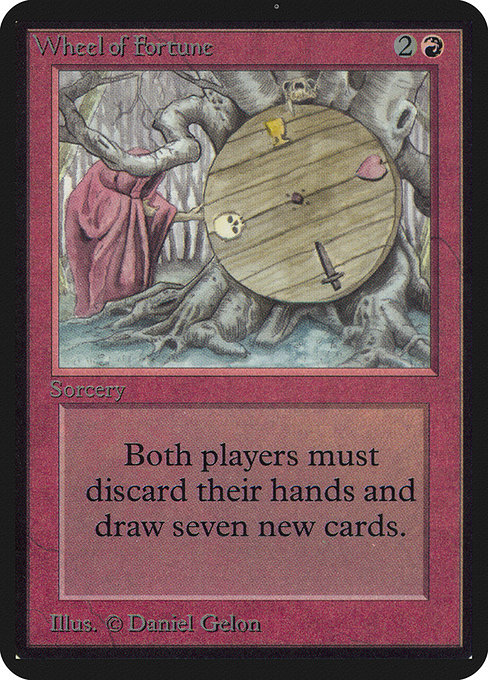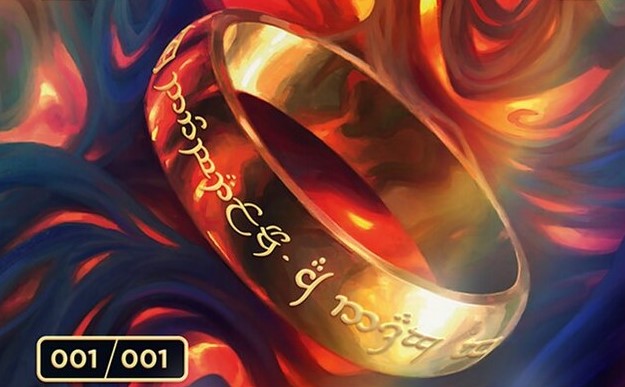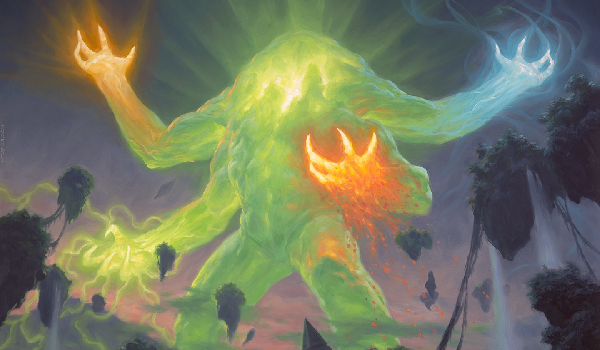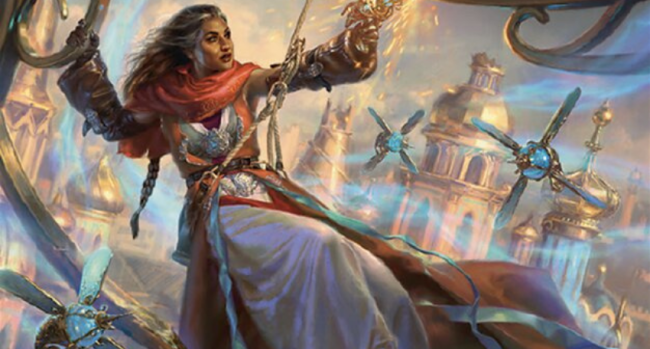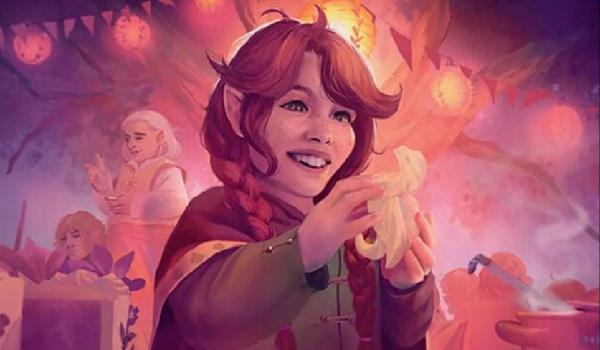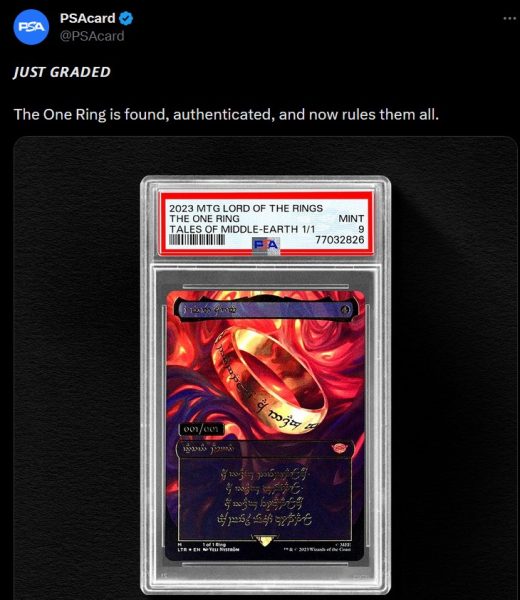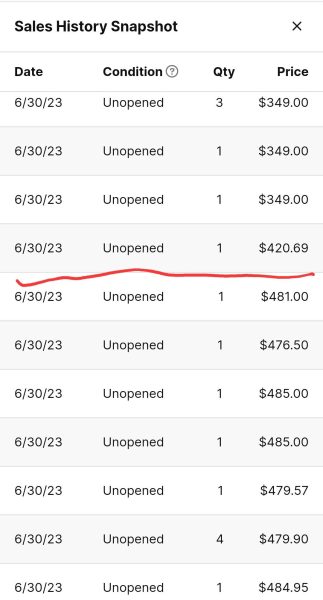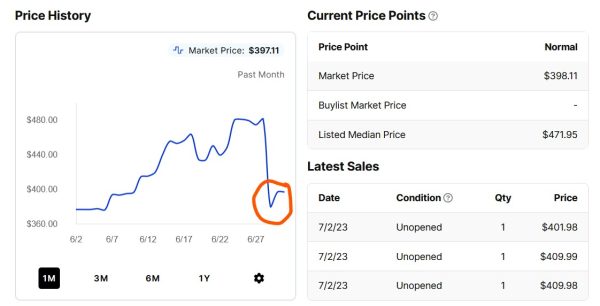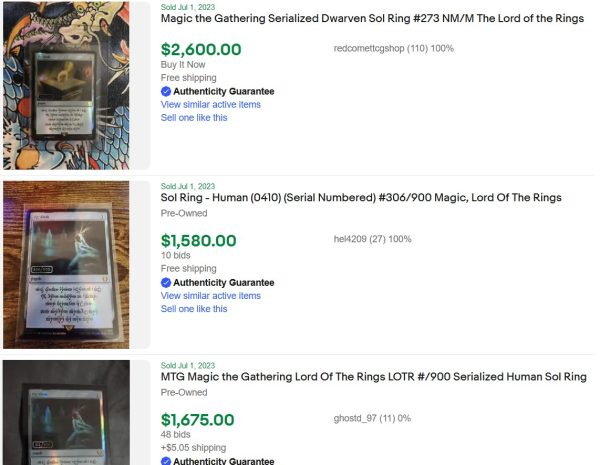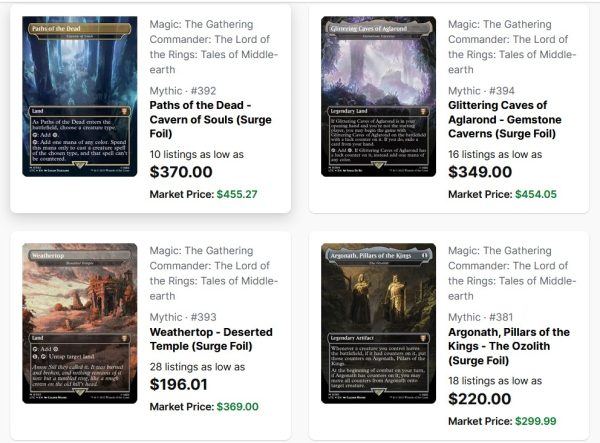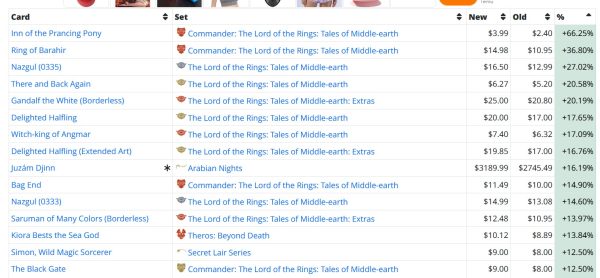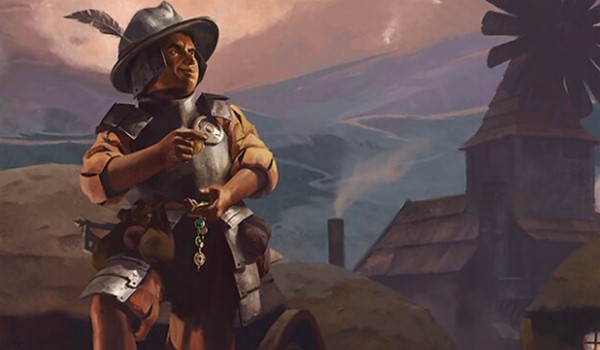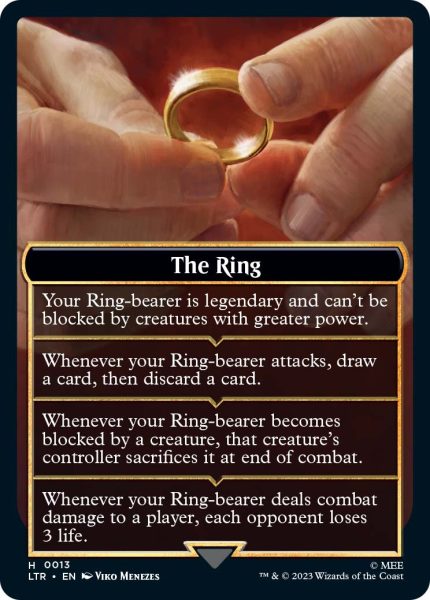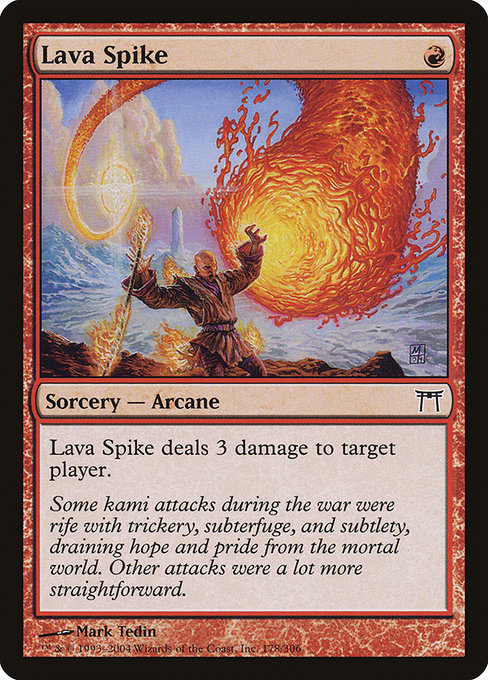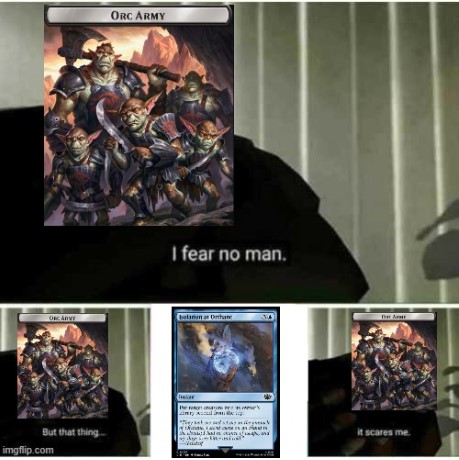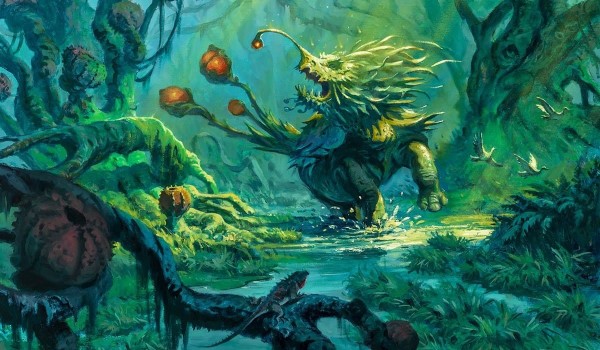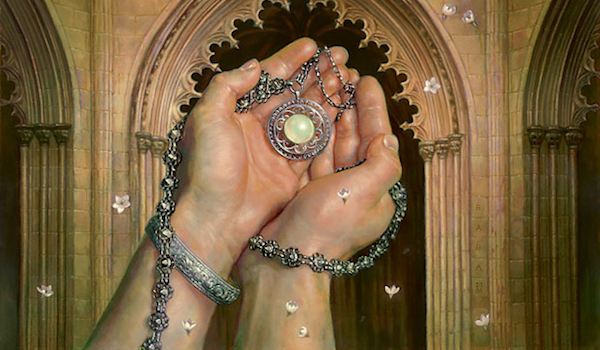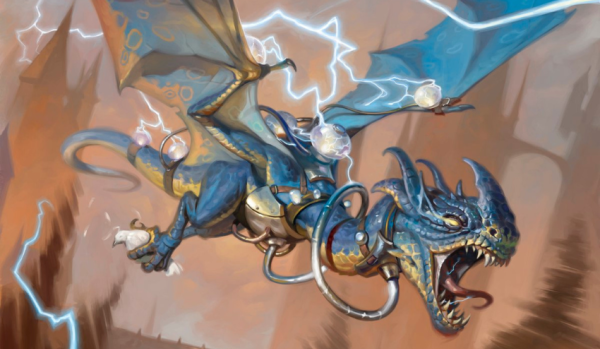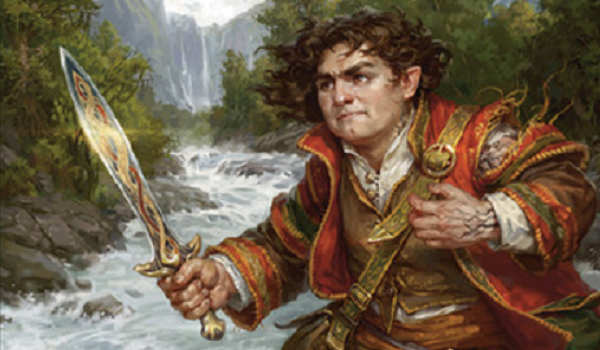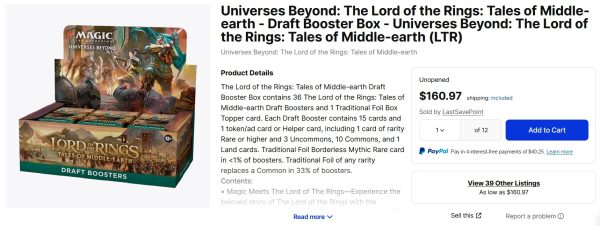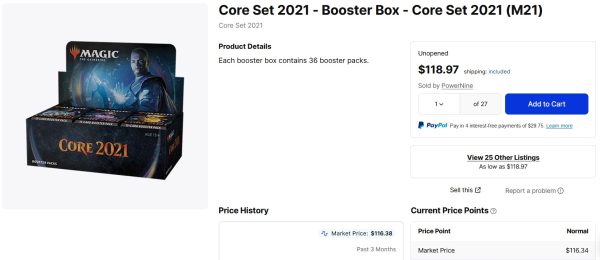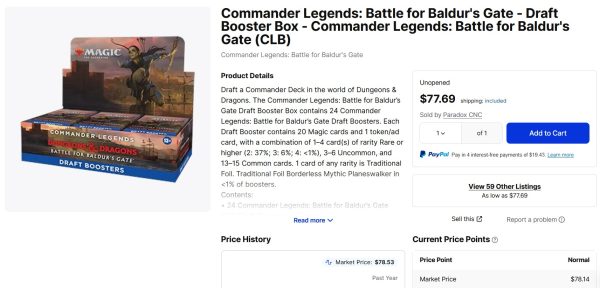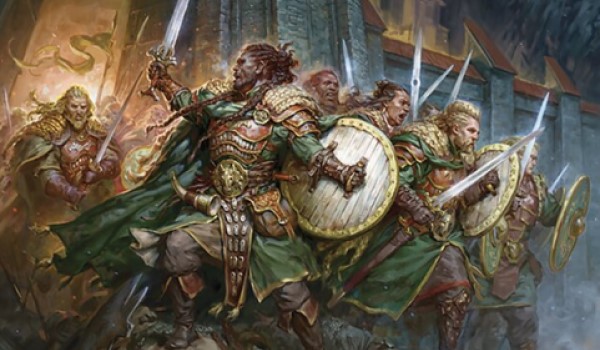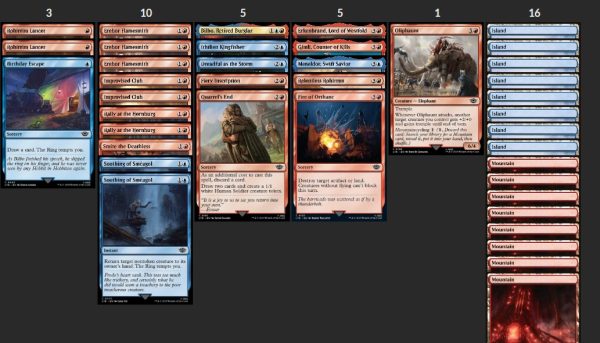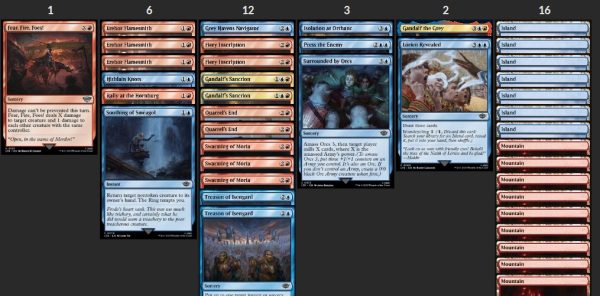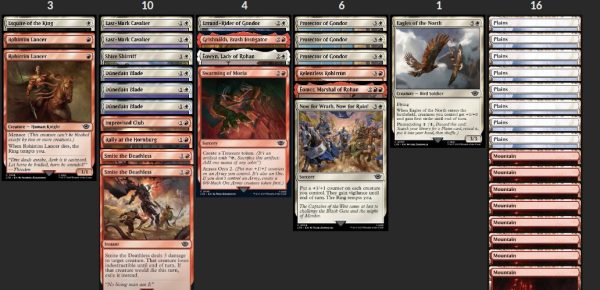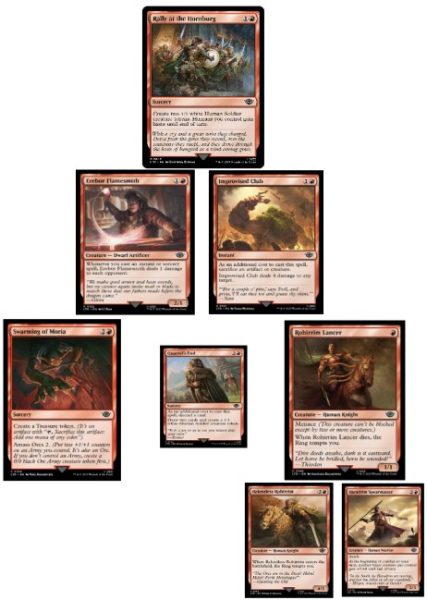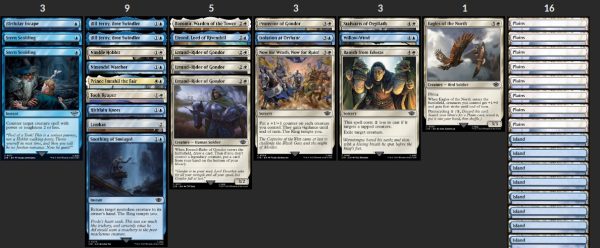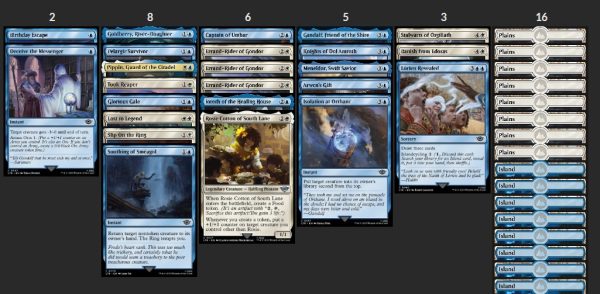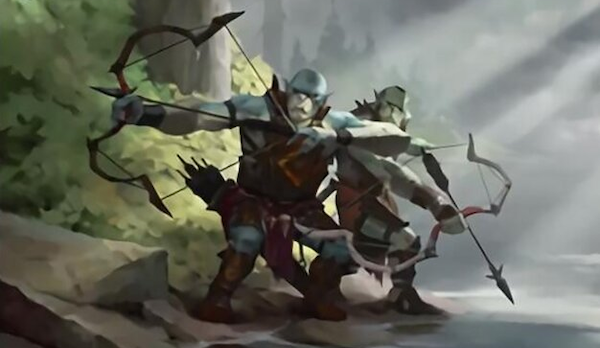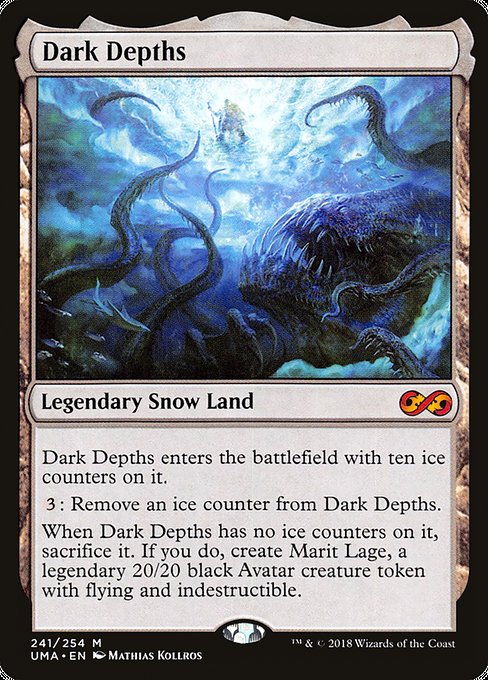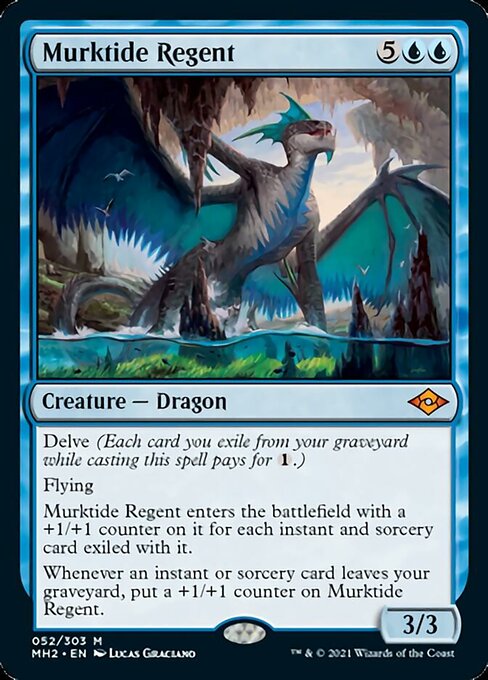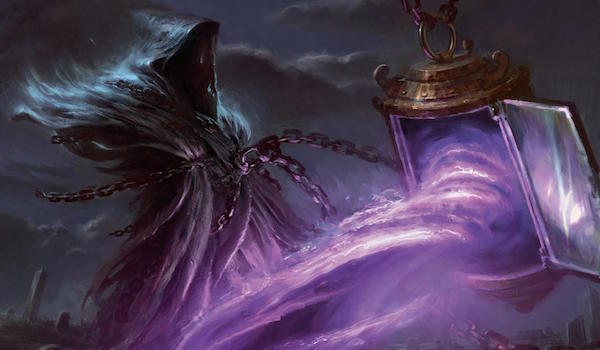Are you a Quiet Speculation member?
If not, now is a perfect time to join up! Our powerful tools, breaking-news analysis, and exclusive Discord channel will make sure you stay up to date and ahead of the curve.
If you've played Magic for any length of time, you likely have an opinion on the Reserved List. Even Wizards eventually realized that binding their own hands and restricting their ability to reprint their own cards was a bad call.
Today, we'll explore this age-old topic and float a solution that could keep everyone happy... without much deviating from what Wizards is already doing.
Reserved, Revised
Wizards has at some points revised the Reserved List, once in 2002 and again in 2010. The 2002 revision removed numerous cards from the list. Since then, they've reprinted many of the cards highlighted in the 2002 article, including Demonic Tutor, Sol Ring, Psionic Blast, and Sinkhole, among others.
The 2010 revision closed the premium exception clause, which allowed foil versions of cards on the Reserved List to be printed, and remains unchanged to this day, but continues to draw the ire of the community.
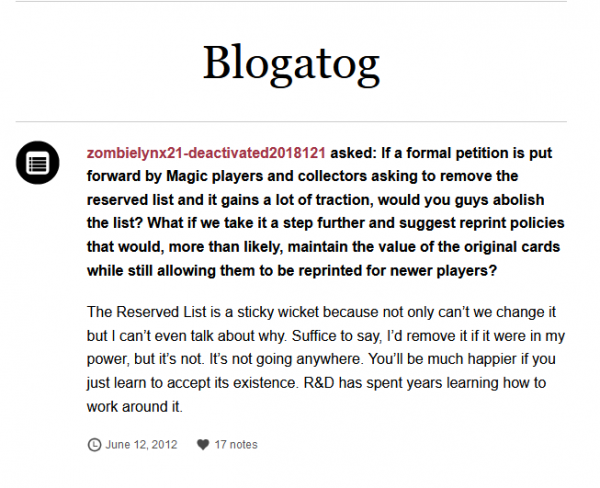

This brings us to the three key questions: If Wizards themselves admit the Reserved List was a bad idea, and they can change it at will, why can't they do away with it? If they are going to do away with the Reserved List, what is the best way to do so? If not, what is the best way to keep the Reserved List while addressing the largest complaint against it?
Doing Away With the Reserved List
Ben Bleiweiss, the General Manager of Star City Games and one of the most brilliant minds on the business side of Magic: the Gathering, laid out all the issues surrounding the Reserved List and his ideas for how to retire it in the 2020 article Why It’s Time To Remove The Reserved List And How I’d Do It. His solution of an exchange program is a pragmatic one, and with the Secret Lair system already in place, wouldn't be hard to implement.
I'd argue that there is another solution that would not only leave the Reserved List in place for the cards on it that collectors most care about, but that would also benefit the majority of players.
Remove Cards Printed in Revised From the Reserved List
There are 27 cards from Revised on the Reserved List. If we count Limited Edition Alpha and Beta as two separate printings, Revised marks the fourth printing of these cards, and the second in white border after Unlimited. With the exception of cards printed in ABU, the majority of cards on the Reserved List only have one printing, ever. It makes sense that these cards that have never been reprinted stay on the list. I'd even go so far as to say that cards from Alpha reprinted up to Unlimited, before changes to the makeup of the core set were implemented, should remain on the Reserved List.
Cards from Revised, the first Core Set which transformed the idea of Core Set into a home for reprinted cards from past expansion sets, do not make sense in this context and should therefore be removed.
Revised Cards on the Reserved List
- Farmstead
- Veteran Bodyguard
- Braingeyser
- Copy Artifact
- Vesuvan Doppelganger
- Contract from Below
- Darkpact
- Demonic Attorney
- Demonic Hordes
- Fork
- Granite Gargoyle
- Roc of Kher Ridges
- Rock Hydra
- Sedge Troll
- Wheel of Fortune
- Fastbond
- Kudzu
- Badlands
- Bayou
- Plateau
- Savannah
- Scrubland
- Taiga
- Tropical Island
- Tundra
- Underground Sea
- Volcanic Island
Removing cards printed in Revised from the Reserved List and leaving the rest of the list otherwise intact is a solution likely to appeal to the broadest swath of collectors and players. It answers the main gripe I see players having with the list, namely the issue of dual lands. Removing Revised from the list opens up the possibility of reprinting dual lands for Legacy and for Magic's most popular format, Commander. This will quell a major point of opposition to the list.
It's also not too dissimilar from the 2002 change, which opened the door for a number of cards from Revised and even Unlimited to be reprinted. As mentioned previously, Commander staples like Sol Ring, Demonic Tutor, and others were all opened up to reprinting under this change, arguably enabling the growth of the format.
Can, But Doesn't Have To
Those clamoring for the removal of the list should remember that just because Wizards can reprint something, it doesn't mean they have to, nor that they should. Of the 27 Revised cards on the Reserved List, three of them mention the old ante rules, and will never be reprinted because of this. Others likely won't be reprinted because of power-level concerns or being outside of modern design sensibilities. Even if they were not on the Reserved List, the chances of them being reprinted at all remain slim.
Cards Wizards Will Not Reprint:
Ante Cards
The last card to mention ante Wizards ever printed was Timmerian Fiends from Homelands back in 1995. Ante cards and the ante rules were already banned from tournament play by this time.
Even in the early days, most casual players refused to play with these optional rules. They were removed from the official rules of the game in 1997, with the release of Fifth Edition. Contract from Below and these other cards are interesting curiosities from the game's earliest years but have no place in modern Magic.
Cards With Power Level Concerns
Fastbond is banned in both Commander and Legacy because of its insane power level, so that one is a no-go. Demonic Hordes and Kudzu are both repeatable land destruction, something Wizards actively discourages. It's in line with the same reasoning we don't see Armageddon reprinted anymore.
Farmstead on the other hand is so low-powered it's almost not worth a card. It's unlikely any of these would see a reprint, even if Wizards had the power to do so.
Cards Wizards Could Potentially Reprint
In addition to the Dual Lands, there are 10 cards from Revised that Wizards could reprint in a Masters or Commander-type product, assuming no Reserved List restrictions. Five are popular Commander cards. The other five are cards that could find a home in a Masters-type set for the sake of Limited play (if reprinted at all), though a few would likely be downshifted to uncommon.
Popular Commander Cards
Possible Reprints For the Sake of Limited
Even if Wizards had the power to reprint these cards, there's no guarantee that they will—especially not all at once. More likely, the dual lands, and separately the five popular Commander cards, would be reprinted across several years of Masters or Commander sets. Even without a 1/1 The One Ring level of chase card hype, I imagine that any product offering a chance to open duals for the first time since 1994 will sell well if it's accessible to the majority of the fanbase, and not an overpriced money grab.
The Argument Against This Strategy
The main complaint against doing away with the Reserved List is that it would damage the value of Magic's oldest and until recently most valuable cards. What was important about Reserved List cards, from a collecting standpoint, was the perceived price security attached to them. The existence of the Reserved List kept these cards free from reprints—which proponents of the list argue is what helps them maintain their prices.
Countering the Price Security Argument
Ben Bleiweiss rightly pointed out in his article that the price of original printings of many early Magic cards stays high because of their collectibility and scarcity, not because they are artificially shielded from reprinting. He cites Serra Angel, and several cards from Arabian Nights including City of Brass and Serendib Efreet, which have all already received multiple printings over the years, as examples.
Even in a world without the Reserved List, we could expect the early printings of many cards on the list to follow a similar pattern and maintain a significant premium.
The Fate of Revised
If cards printed in Revised were removed from the Reserved List, the Limited Edition Alpha, Beta, and to some extent Unlimited versions of these cards will be insulated from price drops. However, the Revised printings themselves will likely take a hit. Even if this hit is as high as 50-60% of their current pricing, I see it acting as a healthy short-term price correction.
In the long-term, as the newest printing of these cards acts as the de facto choice for players, the conditions of Revised copies will become more relevant. Mint copies would naturally hold more value, and command a significant premium for collectors over played versions. On the other hand, I imagine the prices of played Revised copies will settle somewhere in the ballpark just above whatever exclusive showcase treatment Wizards cooks up.
Magic: 30 Already Broke The Reserved List
Let's set aside the discussion of Revised prices for a moment. The argument in favor of updating the Reserved List to not include cards printed in Revised gets added weight when you consider the $1,000 elephant in the room: The Reserved List is meaningless and has already been broken. I give you Exhibit A:
I'm sure the Timmies, Kimmies, and Poindexters out there will be quick to tell me that Magic: 30 doesn't violate the Reserved List because the cards have different backs and aren't legal for sanctioned play. "All policies described in this document apply only to tournament-legal Magic cards" is the official wording in the document.
What does "tournament-legal" even mean in 2023? Last time I checked, the Eternal Weekend Vintage Championship, and a small handful of scattered tournaments around the world, were the only events that didn't allow Collector's Edition or Magic: 30 cards in Vintage—if not having wholesale allowances for some number of proxies of Reserved List cards in each players' decks. In a world where Commander and kitchen table Magic reigns supreme, are your friends really going to complain about which printing of Underground Sea you have in your Satoru Umezawa deck? If that's the case, I'd say you need different friends, not different cards.
It sounds like a tin foil hat theory on the surface, but I'm not alone in thinking Magic: 30 violated the Reserved List, and that its printing made the reprint policy meaningless. Wall Street agreed. One of the factors cited in the downgrading of Hasbro's stock in 2022 was the printing of Magic: 30, damaging consumer confidence in the brand. What does it matter changing the Reserved List to allow reprinting cards from Revised in a world where we've already seen new copies of Black Lotus printed in 2022?
The End Step
Slightly sarcastic comments about Magic: 30 aside, is a Secret Lair: Reserved List exchange program in our future? Will dual lands ever be reprinted? Only time will tell. I know I wouldn't bet against it.



